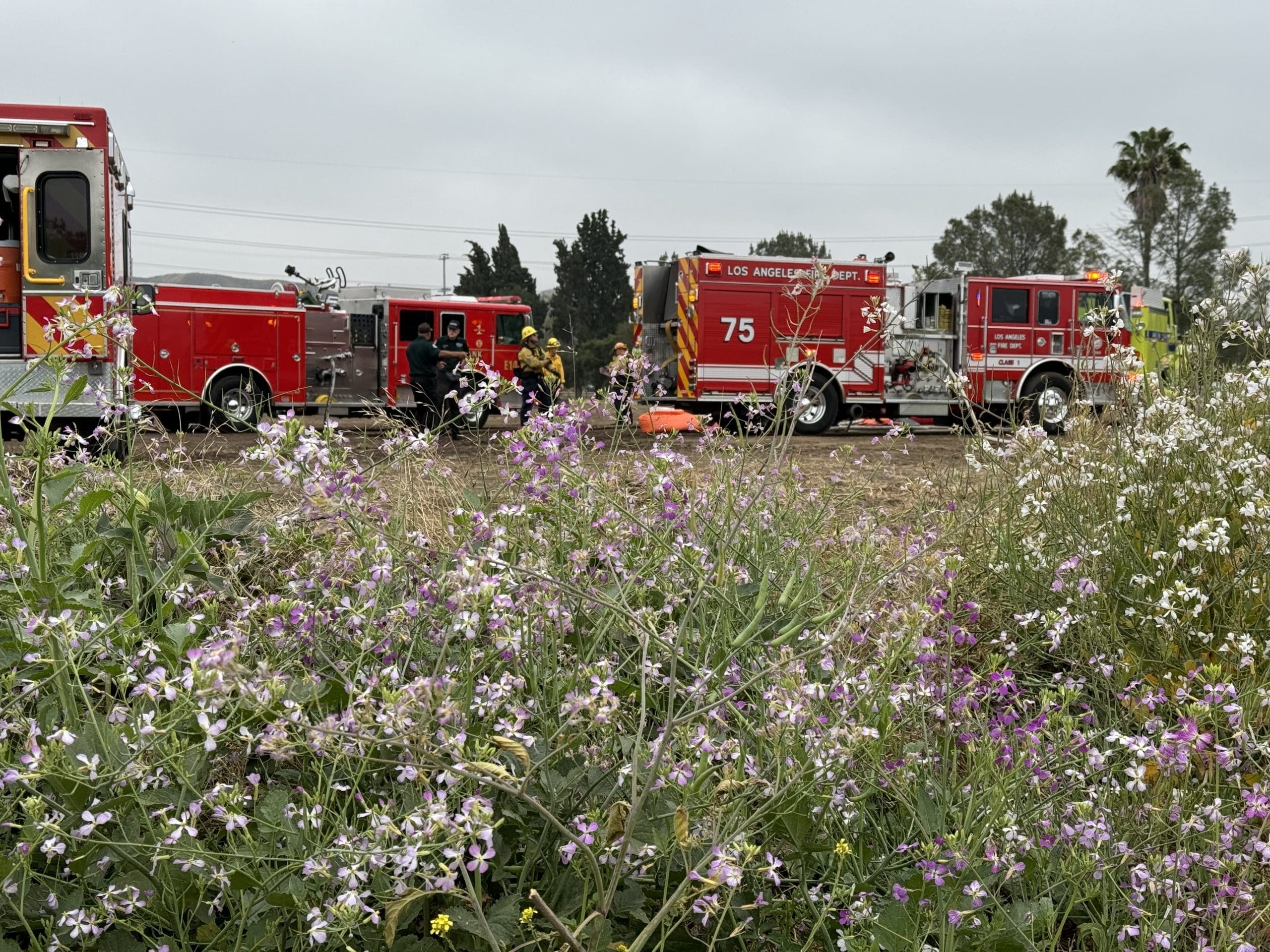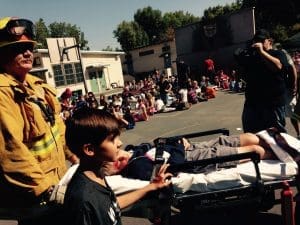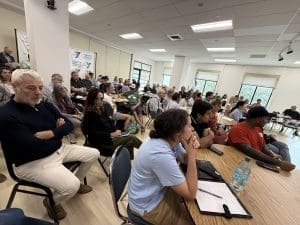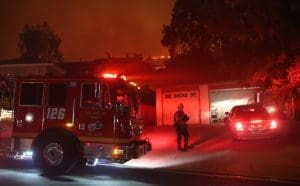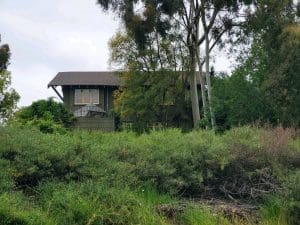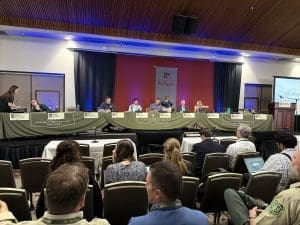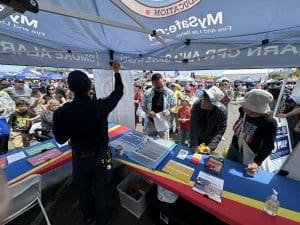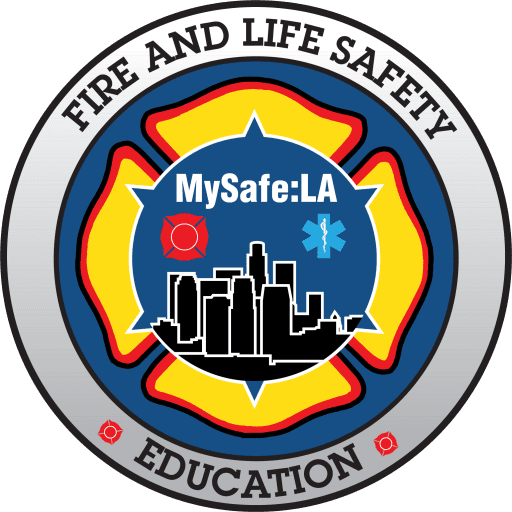When people think of wildfires in California, they often picture the vast forests of the north — towering pines, thick redwood groves, and remote mountain communities. But Southern California, and Los Angeles County in particular, faces a very different kind of wildfire threat.
Here, fire doesn’t spread through forests — it races through chaparral-covered hillsides, grasslands, and urban canyons where homes and vegetation meet. These unique conditions make understanding — and preparing for — wildfire in Los Angeles a community-wide responsibility.
A Landscape Built to Burn
Los Angeles County is home to one of the most complex wildland-urban interfaces (WUI) in the nation.
From the Hollywood Hills and Mount Washington to Brentwood, Topanga, and Pacific Palisades, homes are built directly into landscapes of dry brush, sage scrub, and chaparral — plants that are highly flammable and adapted to periodic fire.
Southern California’s natural vegetation isn’t forest — it’s fuel:
- Chaparral (chamise, ceanothus, and manzanita) burns intensely once dry.
- Coastal sage scrub ignites easily under hot, windy conditions.
- Invasive grasses like red brome and foxtail fill in natural gaps between shrubs, forming continuous fuel beds that allow flames to race through entire neighborhoods.
While Northern California’s wildfires are often deep, smoldering forest burns, Los Angeles fires move fast — driven by wind and terrain, spreading embers far ahead of the primary fire front.
The Human Factor: Ignitions Close to Home
In Los Angeles, almost every wildfire is human-caused. Sparks from vehicles, power lines, construction, gardening tools, or even fireworks can start a blaze that threatens entire communities.
Unlike Northern California, where lightning strikes are a common ignition source, Southern California’s density — with millions living near wildland areas — makes human behavior the defining factor. That’s why education and prevention are at the heart of MySafe:LA’s wildfire strategy.
Through community programs, MySafe:LA works directly with residents to:
- Identify ignition risks around homes and neighborhoods,
- Promote safe landscaping and vegetation maintenance,
- Deliver home-hardening workshops that show how to make structures ember-resistant, and
- Educate families through the Ready, Set, Go! program, developed in partnership with the Los Angeles City Fire Department (LAFD).
Climate and Wind: The Santa Ana Connection
Few forces shape Los Angeles wildfires more than wind and weather.
Each fall, the infamous Santa Ana winds sweep down from the desert toward the coast — hot, dry, and relentless. These winds can:
- Drop humidity below 10%,
- Carry embers miles ahead of the fire front, and
- Turn small roadside ignitions into fast-moving, wind-driven firestorms.
In areas like Brentwood, Hollywood Hills, and Mount Washington, steep terrain and narrow roads amplify the challenge. A single spark under the right wind conditions can trigger a cascading event, overwhelming evacuation routes and threatening hundreds of homes within minutes.
Living in the Wildland Urban Interface
Los Angeles is home to over 140,000 properties located within designated Very High Fire Hazard Severity Zones (VHFHSZ). These include well-known neighborhoods such as:
- Brentwood, where dense canyon vegetation and historic winds create recurring risk,
- Mount Washington, where older homes are built on steep, brush-covered slopes, and
- The Hollywood Hills, where access is limited and homes are surrounded by combustible materials.
In each of these communities, MySafe:LA partners with the LAFD, local L.A. City Council Districts, and local homeowner associations to provide Firewise USA® education, help residents complete defensible space assessments, and promote annual wildfire preparedness events that connect neighbors with first responders.
A Different Kind of Wildfire Requires a Different Kind of Response
In Northern California, wildfire mitigation often focuses on forest management — thinning trees and restoring natural fire cycles.
In Los Angeles, the urban challenge is significant: millions of people live next to highly flammable vegetation, with fires driven by wind and human activity.
That’s why MySafe:LA focuses on community preparedness, home hardening, and education, rather than forest treatment. Every program — from Wildfire Ready LA to MySafe’s Firewise Neighborhoods initiative — is designed to give residents the knowledge and tools to live safely with wildfire.
“Southern California doesn’t burn like the north,” said David Barrett, Executive Director of MySafe:LA. “Our fires are faster, closer, and more unpredictable. But when residents understand how wildfire works here, they can make choices that protect their homes and save lives.”
Building a Fire-Resilient Los Angeles
The path forward is collaboration — between residents, community organizations, and public agencies.
Each ember-resistant vent installed, each patch of brush cleared, and each informed neighbor adds up to a more resilient Los Angeles.
Wildfire is part of our landscape — but it doesn’t have to define our future.
Together, we can make Los Angeles wildfire-ready — one neighborhood at a time.

